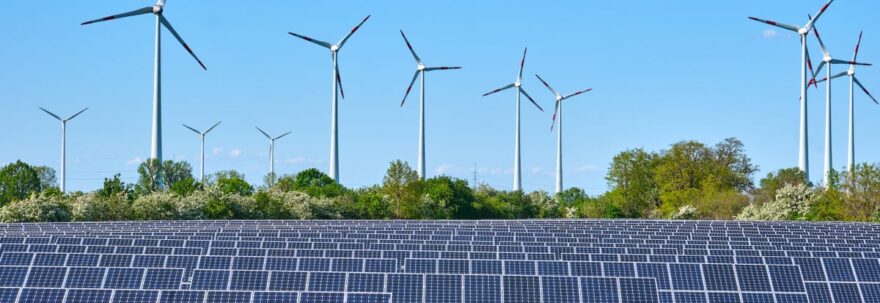Another renewable way to produce electricity is to take advantage of the heat inside the Earth. The thermal energy that emanates from the center of our planet accumulates in water deposits that can be more or less superficial and
be at different temperatures. The coldest (below 150 degrees Celsius) are used directly as energy resources for heating and hot water. Meanwhile, high-temperature geothermal resources (above 150 degrees) are used in the form of very high-pressure water and steam to generate electricity.
After many years of stagnation, geothermal energy experienced a small ‘boom’ in 2021. Even so, worldwide there are just over 16 GW installed and production remained below 100 TWh (according to data from IRENA and the IEA, respectively). In volcanic countries like Iceland, where this energy source is very accessible, geothermal production is a great clean and renewable alternative. In the Nordic country, 65% of primary energy is generated in geothermal power plants.
When humans learned to make fires, biomass energy became the easiest and most manageable way to heat and cook. Fire releases the energy contained in plant matter, consuming oxygen and generating carbon dioxide and water vapor in the process (in very broad strokes). Little by little, over time, we have been developing other methods of using this energy beyond the bonfires.
Bioenergy or biomass energy is produced from a variety of organic materials, such as wood, charcoal or dung, for heat and power production and for the manufacture of liquid biofuels capable of replacing petroleum derivatives. Thanks, above all, to traditional uses, biomass is one of the most used primary energy sources globally (it accounts for 6% of global energy supply, according to the IEA).
Formally it is considered a renewable energy, since plants and trees grow and replace the materials used as fuel. However, there is much debate about its environmental impact, since the cultivation of cereals or forest plantations for biomass cause significant emissions of greenhouse gases. In addition, these changes in land use are one of the main causes of the loss of biodiversity on a planetary level. One of the terms that has become most popular in recent years in the energy context is green hydrogen. However, this is not a renewable energy. In fact, it can’t even be considered a power source. Green hydrogen is actually an energy vector, a medium that allows energy that has been produced in another way to be stored and released later, when and where it is needed.
Hydrogen is the most abundant chemical element in the universe and on Earth. But on our planet it is never alone, but accompanied by other elements, such as oxygen (forming water) or carbon (forming methane, for example). Thus, in order to use it, we need to first manufacture it by one of the existing methods. When we manufacture it through the hydrolysis of water and using renewable energy in the process, we speak of green hydrogen.
Thus, green hydrogen can serve as an alternative to use surplus renewable energy and store it for use at other times or places where it is necessary. For now, clean methods of producing hydrogen are in the testing phase, and it probably won’t be a real energy alternative until the middle of the next decade. The great advantage of hydrogen is that, in addition to producing electricity, it can be used as fuel for all types of vehicles.



